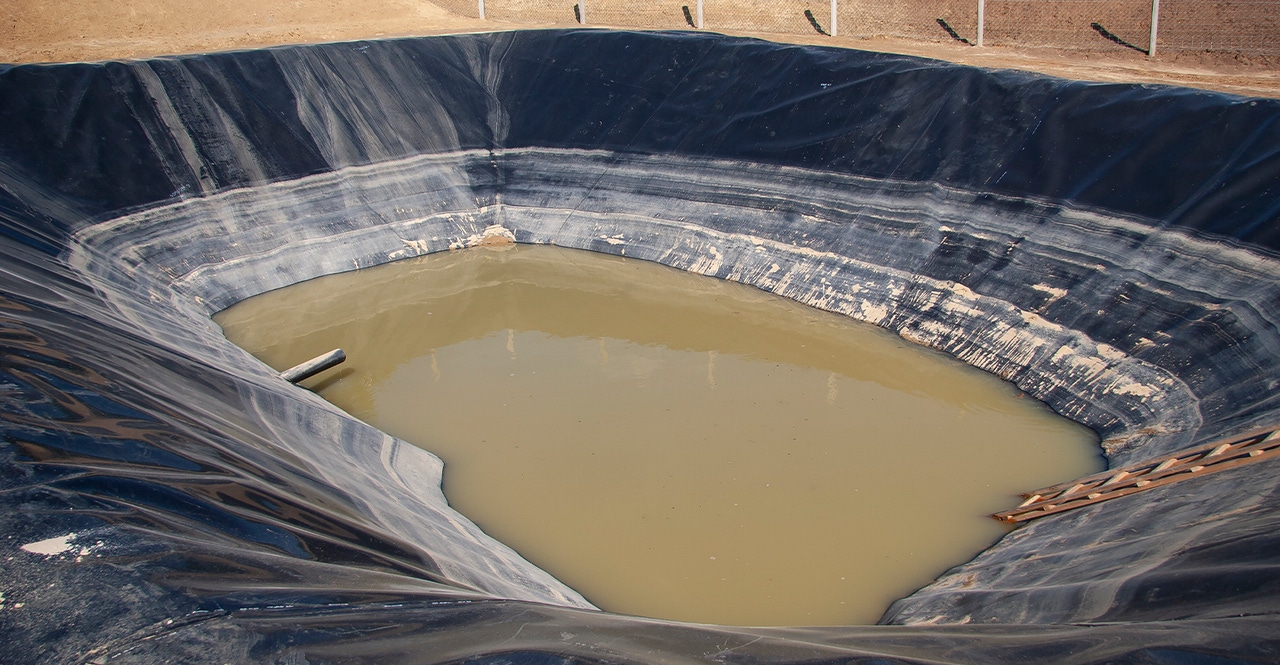Inside the EPA's Strategic Roadmap and the Agency's ELG Plan 15

The Environmental Protection Agency (EPA) announced a sweeping shift in oversight for Per- and polyfluoroalkyl substances (PFAS), or the "forever chemicals" desired for their grease, oil and water-resistant properties.
In its Strategic Roadmap, the agency details how its approach will tackle PFAS through 2024 from a "lifestyle approach," versus addressing one means of exposure at a time.
"PFAS pollution is not a legacy issue—these chemicals remain in use in U.S. commerce. As such, EPA cannot focus solely on cleaning up the downstream impacts of PFAS pollution," the roadmap reads. "The Agency needs to also look upstream to prevent new PFAS contamination from entering air, land, and water and exposing communities. As the Agency takes tangible actions both upstream and downstream, EPA will continue to pursue a rigorous scientific agenda to better characterize toxicities, understand exposure pathways, and identify new methods to avert and remediate PFAS pollution."
The method to curate a plan of action considered three mandates: research, restrict and remediate:
Research: Investments must be made to gather additional data regarding PFAS exposure and toxicity and the impact on public health, ecosystems and interventions utilizing a science-based approach;
Restrict: Compehensive directives will provide proactive measures to impede PFAS from penetrating air, land and water at amounts that could "adversely impact human health and the environment."; and
Remediate: Intensify efforts to accelerate the cleanup of PFAS contamination.
Disintegration of PFAS in the environment presents challenges during the cleanup process. The EPA points to landfills as a significant source of PFAS as products containing the substance simply just end up in the trash or at incinerators, winding up in municipal wastewater sources as a leachate contaminant.
The EPA has set its targets at the beginning of the PFAS lifecycle, where it will enact rulemaking to impose PFAS restrictions from industrial entities where data already is in abundance. The roadmap specifically mentions guidelines for organic chemicals, plastics and synthetic fibers (OCPSF), metal finishing, and electroplating. Proposed rules are slated to be released in Summer 2023 for OCPSF and in Summer 2024 for metal finishing and electroplating.
Additional research will be completed regarding PFAS discharges where preliminary data are available, but not enough to consider proposed rules. The EPA references landfills as part of this objective along with electrical and electric components and textile mills. These studies are anticipated to be completed by Fall 2022 with rulemaking expected by the end of 2022.
Where there is an absence of data available in areas such as plastics molding and forming and paint formulation, the EPA plans to initiate data reviews. The analysis is expected to end by Winter 2023 in an effort to determine whether rulemaking will occur.
The EPA also anticipates the phaseout of PFAS in industrial processes involving pulp, paper, paperboard and airports, which will be noted in its Final Effluent Limitations Guidelines and Pretreatment Standards (ELG) Plan 15 in Fall 2022.
A preliminary version of the agency's Preliminary Effluent Guidelines Program Plan 15 was published in the Federal Register at the beginning of September 2021. Industry groups such as the National Waste & Recycling Association (NWRA) voiced their concerns for the measures planned to address industrial pollution in wastewater sources. This is the first time in two decades that the EPA addressed the landfill point source category.
"Landfills are receivers of PFAS. They do not use PFAS," the NWRA writes to the EPA. "Instead, landfills, like publicly owned treatment works (POTW), manage materials containing PFAS from their incoming waste streams. Given that, the relative mass of PFOA and PFOS in leachate discharges to POTWs has been shown to be a relative minor contribution to POTWs overall PFOA and PFOS concentrations."
As part of its rulemaking process, the EPA plans to study landfill wastewater discharges to demonstrate the exact size and scope that the industry generates and collects wastewater. In addition, analytical data for PFAS discharges on a nationwide scale is needed. It will then generate a profile of "indirect discharging landfills including the amount of wastewater they discharge and their impact on POTW influent and effluent PFAS concentrations." Finally, current wastewater control practices and treatment technologies at landfills must be researched and analyzed.
"Currently, removal of PFAS from leachate have not been shown to be viable for fullscale implementation," the NWRA comments. "This is because of significant interference from competing contaminants. As part of its analysis, EPA should evaluate whether a proposed treatment technology has been scaled for a full-sized landfill."
The industry group further references treatment technologies, saying, "As long-chain PFAS are phased out and new short-chain PFAS replace them, the landfill leachate profile will also change. Older landfills will have higher concentrations of long-chain PFAS, while newer landfills will have higher levels of short-chain replacement compounds. Literature shows that some of the more common PFAS treatment methods (e.g., granular activated carbon and ion exchange technologies) are more effective with long-chain PFAS. Thus, EPA should consider the history of disposal in its analysis."
About the Author
You May Also Like




